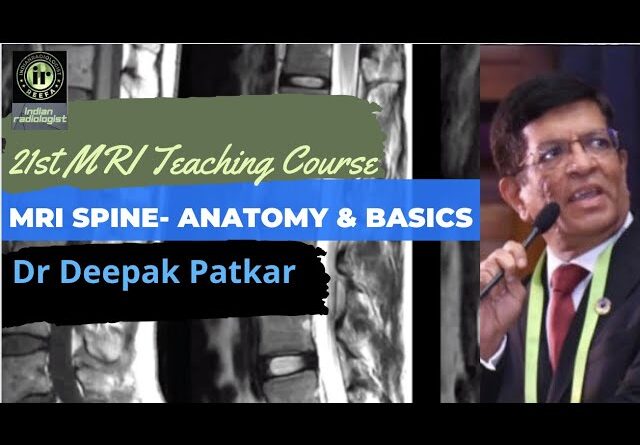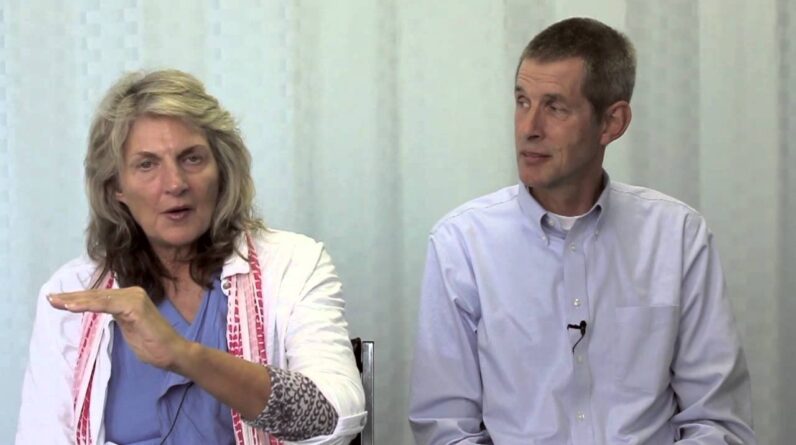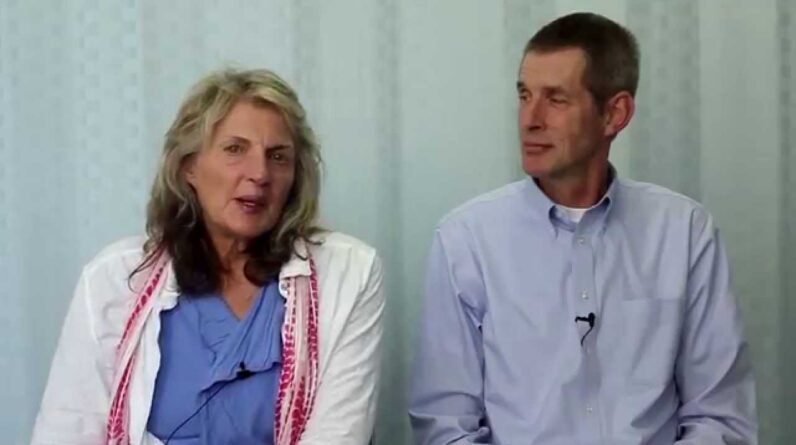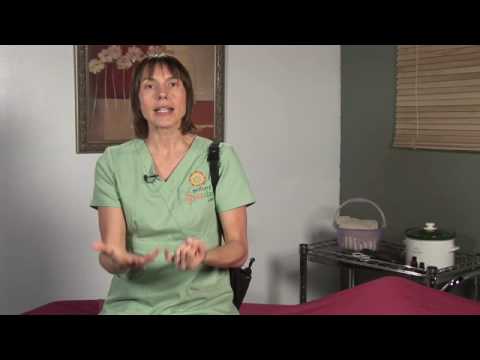
good morning everyone i am dr deepak parker and i
will be talking on mr anatomy of lumber spine road of mri in spinal imaging is very well known to all
of us it has revolutionized the way we may spine it is go standard in imaging of most of the spinal
pathologies which include degenerative disorders spinal infections tumors of the spine and few
situations when we are imaging spine for trauma understanding the anatomy is of immense importance
because it allows understanding of the pathologies as well as normal variants that we look for
it makes minimally invasive interventions and is possible because of the details that it
provides to the spinal surgeon these are current american college of radiology asmr and
scbt guidelines for which sequences need to be performed for degenerative
disorders for example in the cervical spine the t ones and t two's are obtained with
a slice thickness of three millimeters and gap of one millimeters in thoracic and lumbar
spine the slice thickness is 4 mm so broadly when we do cervical dorsal or lumbar spine mri for
degenerative disc disorders you obtain three or four millimeters suggested t1 weighted images
three or four millimeter subject weighted images action t1 and action t2 in the dorsal and
number spine are again four millimeters each in this rotor spine extra t ones are three
millimeters except t2 are by and large replaced by a 3d sequence which gives you anything
between 1 to 1.5 mm thin cuts through the discs coronal star sequence or any other flat side
sequence is of the thickness of 3 or 4 mm again it gives you intricate details about the marrow
edema which is associated with these generator these disorders a lot of people also obtain
sagittal and kernel myogram pictures which are heavily determined sequences and they take
about three to four seconds of time these days it's again a heavily tituated sequence as i
said action gradient replaces accent t2 in this cervical spine a lot of people who have undergone
white laminates they suffer from post-operative mysteries which is best seen in flexion
and extension studies so a fast t2 sequence inflection and extension in addition to neutral
position is also useful in post-operative spine at the atlanta actual junction when you are looking
for atlantis stability instability or subluxations a flexion extension in dynamic mode is a necessity
again the slice thickness there is 3 to 4 mm post contrast study is necessary in post-operative
spine where you're looking for epidural fibrosis or electrolytis and in the immediate
post-op period you are looking for hematoma abscess or describe this osteomyelitis in
that situation force contrast fights at p1 with a slice thickness of three or four angles
necessary you must also remember a relatively new concept of what is called as physiological
imaging where you require tract suppressed immuno imaging techniques three or post contrast if it
is pre-contrast you require to do fat check t2 if it is post contrast it is fat set t1 this is again
required to look at edema which is associated with localized pain last decade there was a lot of
emphasis on wet bearing or action lowering imaging where there was reverse pressure on the vertebrae
and disc to look for small discs which would show up only with load bearing which are typically
seen meditation is standing this is now going out of fashion some people also use nuclear bone
centigraphy to look for edema or when you have multiple multi-level disc disorders if you are
looking for which disc is responsible for the pain nucleus integra is quite useful before we go on to
lumbar spinal mri anatomy we look at x-ray and a bone as to how vertebra looks so this is top view
and side view of dried bone of a vertebral body l4 so this is what the body this is medical this
is translucence process this is mammary process lamina spinach process and this is spinal
canal from side view you can see superior and inferior articular facets very well so this is
inferior articular facet of this l4 whatever this is superior articular facet of the same vertebra
here it is well seen so this is superior article of asset of a4 this is inferior particular facet
of n 3 this is medical this is torturous process this is lamina this is spinous process and this
is the area of parts which gets broken in lysis as is seen here coming to normal anatomy on suggested
t1 and situated images this is vertical body marrow is relatively bright in adults this is the
cortex of the superintendent this is the cortex of infinite plate which merges with angular fibrosis
of the adjoining disc this is nucleus by process which contains about 85 percent water so it's
dark on p1 and right on t2 amnes fibrosis contains complete fibrous tissue so it's dark on t1 and t2
both in younger children and younger adults you see a cleft which is embryological origin in the
center of normally right nucleus pulses which is a pest like material what we see here are these
central veins in the water body which drain the blood from the marrow of the vertebrae because of
slow flow they appear bright on t2 again this is what we body the cortex of the end plate nucleus
pulses and us fibrosis this is conus medullaris same here again on d2 also this is the csf ethical
set which is dark on t1 and bright on t2 this is spinous process this is the anterior cortex of
the spinous process this is the posterior cortex of the spinous process when you measure the spinal
canal you have to measure it from of the the body make it parallel to the orientation of the
waterproof body and draw it till the anterior most margin of the spinous process normal dimension
in the cervical spine is between 9 and 11 in the lumbar spine the lower cutoff is 12 10 to
12 is borderline canal stenosis and less than 10 is definite spinal canal stenosis this dark
posterior line that you see is the dura for the posterior margin of the these linear gray things
that you see within the csf of the thicker sac are the equivalent neurons again medium here this
is a parasitical image this is typically one third or fourth slice from the midline what we see here
is watery body medical superior articular process process which is actually better seen here this
keyhole light thing is the neural foramen which the exiting root is coming out we're going to
talk about that in details even later this is pass interacticularis which is the neck of the scottie
dog and here if you see it's broken so this patient has spondylolysis of l5 vertebra without
mess this is besides the exiting normals there are two or three small dots which are seen and join
this if you know about so basically these are venus plexuses which join the paravertable lexus
of bad cells with the epidural these are actual images again l45 disc p1 and t2 on t2 the sentry
bright portion of the disc is nucleus purposes the peripheral dark portion is endless
fibrosis and also averaging of superior or inferior cortical margin or input
of the upper or lower vertical body these are source muscles this is superior
articular facet or super articular process of m5 this is inferior articular facet or inferior
articular process of m4 this c thing is the cortex covering the super articular facet of a5 this is
the cortex of inferior articular facet of l4 in between the great thing that you are seeing is the
fluid and cartilage within the faster joint this is the diarrheal joint like knee shoulder or hip
joint this white thing is the thicker sac the dots within the bright thing for the thicker sack are
the no roots of the kodak this white string coming what we see here is the posterior epidural
fat this gray flat like thing on both t1 and t2 is flavon this is the tickle sack so as
muscles these are erectus oily and quadratus number of muscles this is the traversing
module so at l4 5 this level you have l5 which has the traversing mode and l4 as the
exiting node coming back to parasagity pictures you have pass which is quite dark and intact
over here first you have curse of the diaphragm and ivc enter to the vertebral column this is
posterior equilibrium fat these persons can answer quite wide so there is abundant potential
and enthusiasm this is the concept the roots of the cauda economy this is the orders again to
revise at the forum enemy level you have hole like appearance so through l45 neural foramen any four
node will come out through and three four neural foramen and three root will come out this is one
section further later to this section which shows inferior article of asset of l4 and superior
article of asset of l5 joining to form l45 which is the gray thing between the
cortex of superior and inferior artery facet looking at pedicure and foraminal level at
particular level you have vertebrae body this is process mammillary process this is
part of superior articular facet of l4 this is part of infidelity of
n3 this is the spinous process lamina dorsal organism which we will talk about
later and these are the brains communicating the parabolic venous process of vaccines and epidural
base this is again at l four five this level the ps4 process and just five process which is dark
it's a big concept superior articular set of l5 infidel facets of l4 ligamentum fleming acid joint
posterior body fat this is the neural ceramic which is density this is alpha and output which
is traversary this is a water that is curse of diet a little bit about lactolyses when we talk
about lateral stenosis quite often so this is the distance between the posterior aspect of
the side vertical bodies so it's in four years and superior particular facet of l5 this distance
is measured just outside the margin of the tickle sack at the level of under surface of medical
anything less than four millimeters at this juncture is abnormal you have a diameter of two or
three millimeters it will be called less lateral resistances four or more normal repeating the
concept of exiting and traversing no roots so at m45 level you have three four five risk nucleus
composers in full fat discs and numerous fibrosis equal sac superior articular facet of l5 inferior
articular facet of l4 acid joint becoming the one this is the traversing model so at l4511 l5 is
the traversing mode this is the exiting the route so it's l4 at l45 disk level importance of this
is described a little later when we talk about herniations of discs at different locations
a little bit about the awesome root gaming as the mouse exit at the forum level you
can slide this shoulder appearance of those they can be as small as this they can be
as thick or big as this and this should not be mistaken for sequestered disc fragment a
little bit about anterior and posterior garments typically they get merged with the cortex of the
vertical body and annulus of the discs so here this yellow arrow shows you antilogical ligament
extending across entire number vertical column the amber color arrow shows posterior
filament going across the entire number column so they start from
c1 and c2 level respectively when you have osteophytes and these are posterior nl or pll get lifted they get ossified
or calcified when you're dealing with dish or ankylosing spondylitis again
a little bit about ligamental phlegm it kind of holds the physician together it goes
across the superior and inferior articulosites it consists of yellow elastic tissue and it
preserves upright pressure of human being so when you are getting up from bent position and
trying to become erratic the amount of fluid comes into picture it starts degenerating with
facet joints as early as in second decade of life and at the age of 60 plus virtually everybody
will have physical naturopathy and ligamentum hypertrophy survivor atrophy we will review the
surgical demographic images again to understand the anatomy so we are obtained four millimeter
slice thickness cuts from left to right you can see particles of l4 and l5 the neural phenomena
and the existing models this is l4 this is l5 vertical particular facet of
l4 infrared cloud facet of n4 and this is the facet joint coming
further immediately you can see the paths very well in uniform and the keyhole like
appearance again infrarediculous acid of n3 coming further medially at the level of
lateral cells we see fat in the lattices because this patient's canon is nice and wide
you can see fat in the electrolysis very well coming in the paramedian section you
can start seeing the spinal cord and cholesterol medullaris a little
bit of cardiac one and no roots anterior epidural fat nucleus pull process
and universe 5 roses this is bang midline vertical bodies nucleus composers aminos fibrosis
hormones middle virus cardiac animal nerve roots anterior osteoporosis of spinous processes
will measure your canal over here going to right pyramidal side similar information joint which is nice and bright
because it is not yet degenerated neuroforamine exiting new root l5 this is vaccines
venous plexus these are left lingual artery and brain coming immediately at the level of
cholesterol virus midline or eye point on the roots these are coming out from quadratic
manner and trying to exit through respective knowledge of anatomy is the key to precise
understanding and hence accurate diagnosis you






